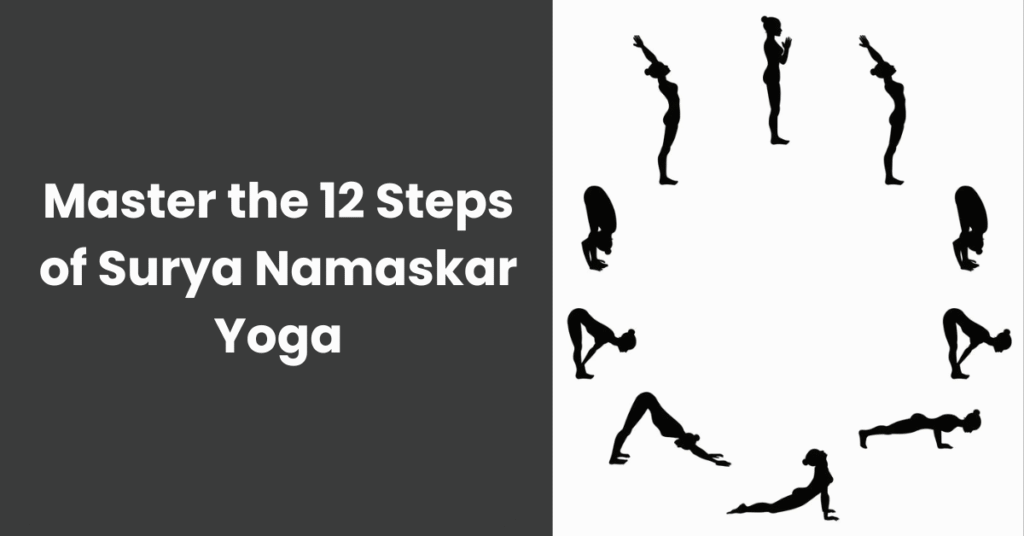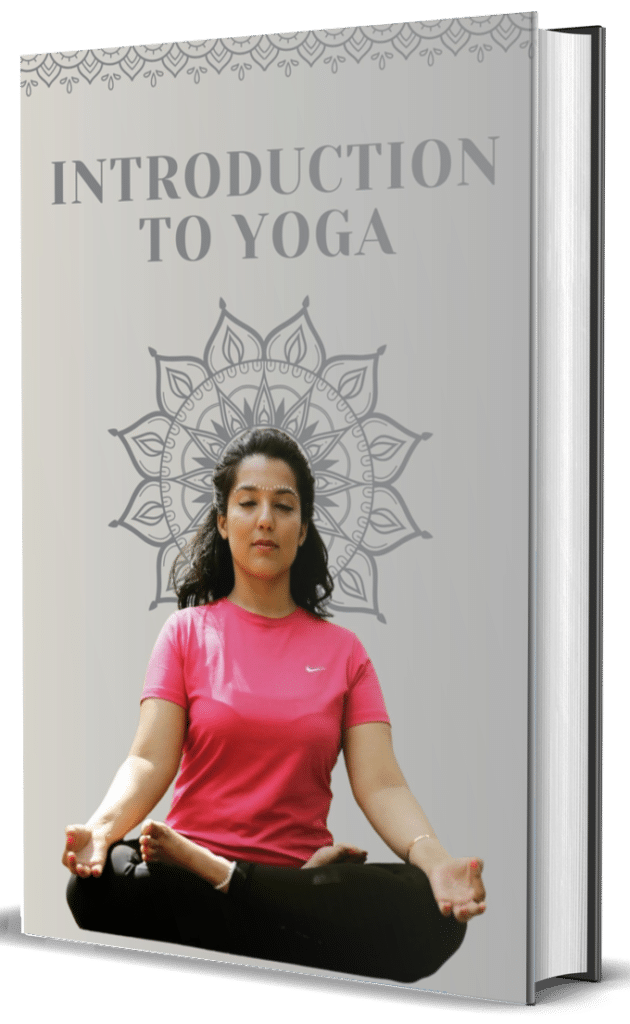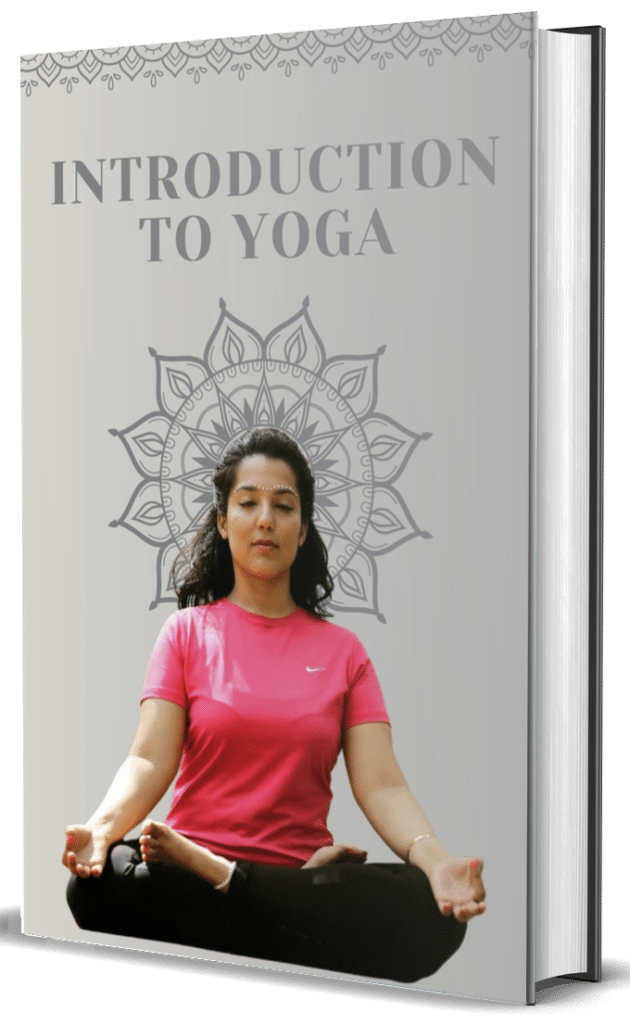Surya Namaskar, or Sun Salutation, is a foundational yoga practice that integrates physical movement, breath control, and mindfulness. Consisting of 12 poses, Surya Namaskar provides numerous benefits for both beginners and advanced practitioners alike, enhancing physical and mental health. If you’re new to yoga, mastering the 12 steps of Surya Namaskar is the perfect starting point, offering a powerful way to stimulate flexibility, strengthen your body, and achieve mental clarity. Read on to discover why and how you should include this transformative yoga sequence in your daily routine.
Outline of the Article
- What is Surya Namaskar, and Why is it Important for Beginners?
- Step-by-Step Guide: Understanding the 12 Poses of Surya Namaskar
- What are the Physical and Mental Health Benefits of Surya Namaskar?
- How Do the 12 Steps of Surya Namaskar Enhance Flexibility and Strength?
- Performing Surya Namaskar: Detailed Transcript for Beginners
- What are the Key Moments and Postures within the Sun Salutation Sequence?
- Common Mistakes Beginners Make in Surya Namaskar and How to Avoid Them
- Surya Namaskar Tips for Beginners to Boost Your Yoga Practice
- How Does Surya Namaskar Stimulate Internal Organs and Improve Digestion?
- Integrating Surya Namaskar into Your Daily Yoga Routine: Achieving Mental Clarity
1. What is Surya Namaskar, and Why is it Important for Beginners?
Surya Namaskar, also known as Sun Salutation, is an ancient practice involving a rhythmic sequence of 12 powerful yoga poses or asanas. It serves as an excellent introduction for a beginner to yoga, combining breath control, meditation, and physical postures. Originating from hatha yoga, Surya Namaskar is both a salutation to the sun and a complete body workout, offering significant physical and spiritual benefits.
For beginners, practicing Surya Namaskar regularly helps establish foundational yoga poses (yoga asanas) and understanding breath synchronization, essential for a fulfilling yoga practice. Its repetitive nature gently introduces beginners to yoga’s core principles.
2. Step-by-Step Guide: Understanding the 12 Poses of Surya Namaskar
Surya Namaskar comprises a sequence of 12 yoga poses performed in rhythmic harmony with breath. The 12 poses are:
- Pranamasana (Prayer Pose)
- Hastauttanasana (Raised Arms Pose)
- Hasta Padasana (Hand to Foot Pose)
- Ashwa Sanchalanasana (Equestrian Pose)
- Dandasana (Stick Pose)
- Ashtanga Namaskara (Salute with Eight Parts)
- Bhujangasana (Cobra Pose)
- Adho Mukha Svanasana (Downward Facing Dog)
- Ashwa Sanchalanasana (Equestrian Pose – other leg)
- Hasta Padasana (Hand to Foot Pose)
- Hastauttanasana (Raised Arms Pose)
- Tadasana (Mountain Pose or return to Pranamasana)
Each pose involves either inhaling (inhale) or exhaling (exhale), creating harmony between the body and mind and enhancing the yoga experience.
3. What are the Physical and Mental Health Benefits of Surya Namaskar?
Regularly performing Surya Namaskar offers incredible benefits. Physically, this powerful yoga sequence provides a complete cardiovascular workout, improves blood circulation (blood circulation), and tones the spine. It also strengthens and stimulates abdominal muscles, thereby promoting overall flexibility.
Mentally, Surya Namaskar promotes relaxation and reduces stress, enhancing mental clarity and emotional balance. This sequence profoundly impacts both physical and mental health, making it invaluable for a beginner’s routine.
For those beginning their yoga journey, incorporating seated postures like the Swastika pose after completing Surya Namaskar can further ground the mind and body. This traditional meditative posture supports spinal alignment and encourages stillness, allowing the benefits of the practice to settle deeply.
4. How Do the 12 Steps of Surya Namaskar Enhance Flexibility and Strength?
The 12 poses of Surya Namaskar progressively engage various muscle groups, systematically stretching and strengthening the body. Positions like Bhujangasana (cobra pose) and Adho Mukha Svanasana boost spinal flexibility, while poses like Dandasana strengthen the core muscles.
The transitions between poses, like bringing your right leg back into Ashwa Sanchalanasana, enhance joint flexibility and balance. Consistent practice gradually increases strength, endurance, and flexibility.
5. Performing Surya Namaskar: Detailed Transcript for Beginners
Here is a basic transcript for performing Surya Namaskar:
- Begin by standing in Pranamasana: bring your palms together at the front of your chest.
- Inhale deeply as you lift both arms upward, bend backward a little bit.
- Exhale as you bend forward from the waist, attempting to touch the floor.
- Continue the sequence, synchronizing breath with each posture to experience the maximum benefits of Surya Namaskar.
6. What are the Key Moments and Postures within the Sun Salutation Sequence?
The key moments within the Surya Namaskar sequence include transitioning from Pranamasana to Hasta Padasana, stepping your right leg back into Ashwa Sanchalanasana, and lowering into Ashtanga Namaskara, where eight parts of the body touch the ground. Another key posture is Bhujangasana, where you inhale and bring your chest forward and upward, stimulating spinal nerves and enhancing back strength.
To practice Sun Salutations more mindfully, it helps to integrate yogic values such as Ahimsa — the principle of non-violence — which teaches us to honor our body’s limits and move with compassion.
7. Common Mistakes Beginners Make in Surya Namaskar and How to Avoid Them
Beginners commonly rush through the sequence without synchronizing their breath, reducing the practice’s effectiveness. Maintaining breath awareness, ensuring proper alignment, and not forcing stretches beyond comfort help avoid injury. Consulting a yoga instructor or yoga teacher initially helps beginners learn correct alignment.
Understanding energy centers like the Ajna-chakra — associated with intuition and mental clarity — can also support deeper concentration during the practice.
8. Surya Namaskar Tips for Beginners to Boost Your Yoga Practice
- Practice slowly, focusing on each posture’s form.
- Observe your breathing (inhale and exhale) closely.
- Avoid practicing immediately after meals.
- Initially, perform less than 3 sets of Surya Namaskar and gradually increase.
- Use variations suitable to your flexibility level.
9. How Does Surya Namaskar Stimulate Internal Organs and Improve Digestion?
The rhythmic compressions and expansions during Surya Namaskar stimulate internal organs, significantly boosting digestive health. Positions like Ashwa Sanchalanasana and Adho Mukha Svanasana gently massage abdominal organs, promoting improved digestion, detoxification, and efficient lymphatic drainage, essential for overall wellness.
10. Integrating Surya Namaskar into Your Daily Yoga Routine: Achieving Mental Clarity
Incorporating Surya Namaskar into your daily routine significantly enhances mental focus. Regular practice, particularly early morning, provides clarity and mental calmness throughout the day. Performing a set daily transforms your overall yoga practice, improving life quality and promoting long-term mental health. To complement your routine, start by mastering the 12 foundational steps of Surya Namaskar—each posture building strength, flexibility, and mindfulness, creating a solid base for a deeper yoga journey.
To deepen your understanding of foundational yogic principles, explore the concept of Asana, which forms the physical backbone of yoga practice and connects the body with breath and awareness.
Summary: Key Points to Remember
- Surya Namaskar is a complete yoga practice consisting of 12 poses.
- It enhances physical and mental health, promoting flexibility, strength, and relaxation.
- Synchronize each pose with breath (inhale/exhale) for best results.
- Common poses include Pranamasana, Bhujangasana, and Adho Mukha Svanasana.
- Beginners should start slowly, building practice gradually.
- Regular practice boosts digestion, circulation, and overall vitality.
- Incorporating Surya Namaskar into daily routines enhances mental clarity and emotional well-being.




